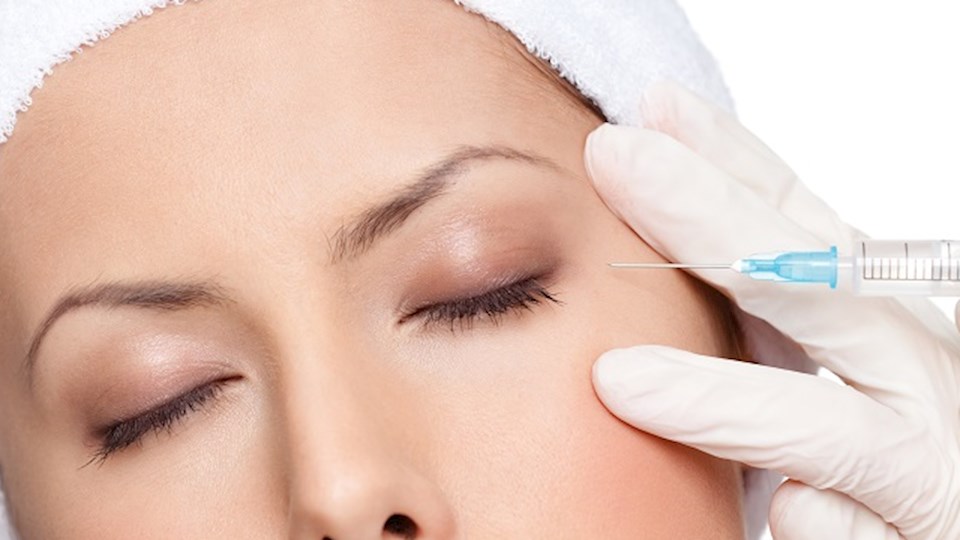Ask The Expert: Botox
It’s time for another Ask The Expert! This month, aesthetic nurse practitioner Saria Tahir is on hand to tell us all about Botox...
Question: I’m about to turn 40 and have been thinking about trying Botox to improve the lines on my forehead. I’ve never had any anti-ageing treatments before and don't really know what to expect. Will I be able to move my face afterwards? I don’t want to look like a robot!
Saria: Ok, first things first, Botox is injected in very small quantities, so if you do go ahead and have it done, you absolutely won’t look like a robot. When Botox is injected into the face, it paralyses the muscles that allow us to make facial expressions and we do sometimes see examples of people in the media looking very “frozen” from Botox, but that’s usually when they’ve really overdone it! When injected in small doses, it should soften the lines on the face, but still allow you to move your facial muscles. At Woodlands, we’re all about giving our patients very natural results and we’re big believers in “less is more” when it comes to aesthetic treatments.
Consultation
When you come in to the clinic for the first time, we always start with a consultation. This includes a medical form, where you provide us with your medical history so that we can check that it would be safe for you to have a treatment. You’ll have a chat with the aesthetic practitioner (either myself or one of my colleagues), and we’ll explain the different aesthetic treatments that could help with your particular concern.
In the case of lines on the forehead, Botox is usually the most common solution. With Botox, there are three “standard” treatment areas; the lines that run across forehead, the frown lines between the eyebrows and the “crow’s feet” at the corners of the eyes. Some people have all three areas treated whereas others prefer to just have their forehead and frown lines treated. This is personal preference and again, we’ll discuss the different options with you first and help you to make an informed decision.
If you do decide to go ahead with treatment, the next thing you’ll be asked to do is to pull some funny faces so that we can assess your muscle movement! This involves frowning, raising your eyebrows and smiling. Everyone’s facial structure is slightly different, so these facial movements allow us to see exactly how your muscles are working underneath your skin and to identify the best points for injecting the Botox.
We also take photographs of each of these facial expressions, plus a photo of your relaxed face, which shows us how visible the lines are when you’re not moving your muscles. The photos will be kept on file for you and, when you come back to us for a check up, we can compare your results to the photos.
Treatment
The treatment itself is pretty quick. You’ll lie down on our therapy couch and we’ll thoroughly cleanse your skin in the areas that are being treated. The Botox is injected at several points across the treatment area using a small needle. You’ll probably be left with a tiny raised bump at each injection site, a little bit like a insect bite. These will settle after a few hours. You’ll be given an aftercare sheet to take home with you, which just explains what you should and shouldn’t do post-treatment, such as not applying makeup to the area for 24 hours.
Botox can take several days to work, so you won’t see results immediately. We tell all of our patients to allow a full fourteen days, however, most people start to see the results much sooner than this. After your fourteen days are up, you’ll come back to the clinic for a review appointment, where we can have a look at your results, compare them with the photos we took at your treatment and check that you’re happy with how everything looks.
Follow up
More often than not, new patients will require small adjustments or corrections at their review appointment. This is where we inject a little more Botox into certain areas, if for example, the lines are still very visible, or if one side of the forehead has taken better than the other. We always make a note of exactly where on your face we have injected, so the practitioner will refer back to this when they’re making their adjustments, as well as noting down where further Botox has been added at your review appointment.
Botox usually lasts 3 - 4 months, although some people are lucky and find that it lasts longer on them. In your first year of having treatment, we recommend coming in for treatment every twelve weeks. With regular appointments, your practitioner will get to know your face and muscles, which means that they’ll get a better idea of how much Botox to inject into each area and you’ll be less likely to need that review appointment two weeks later.
If you’d like to book in for a free consultation with Saria, or another member of the Woodlands Medical team, simply call 0151 728 2536 or click here.




